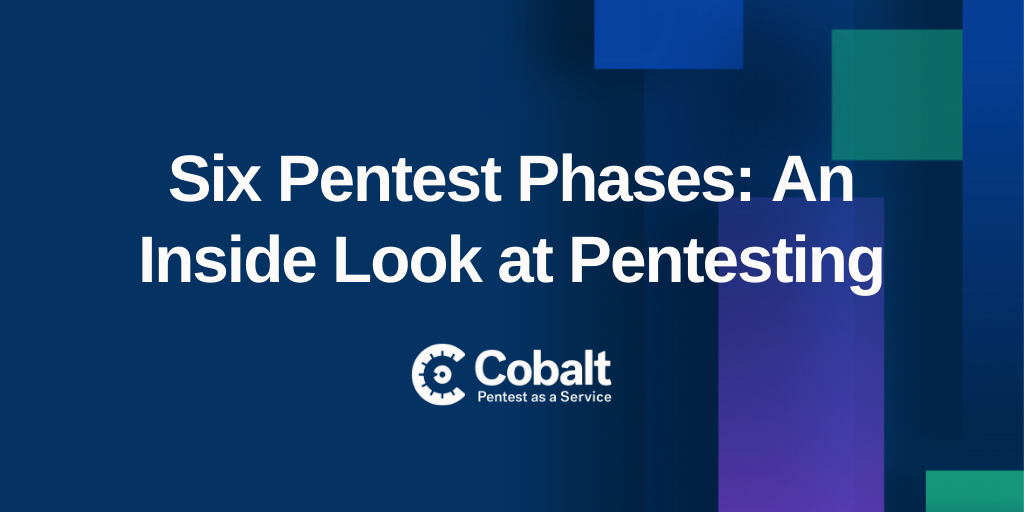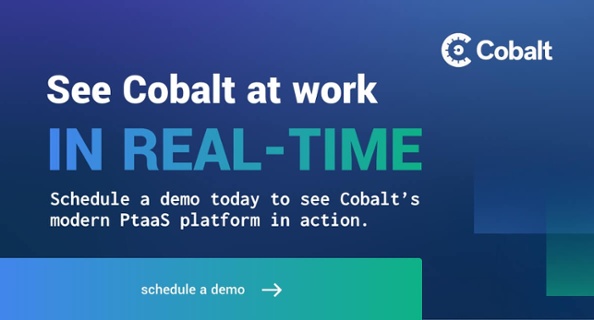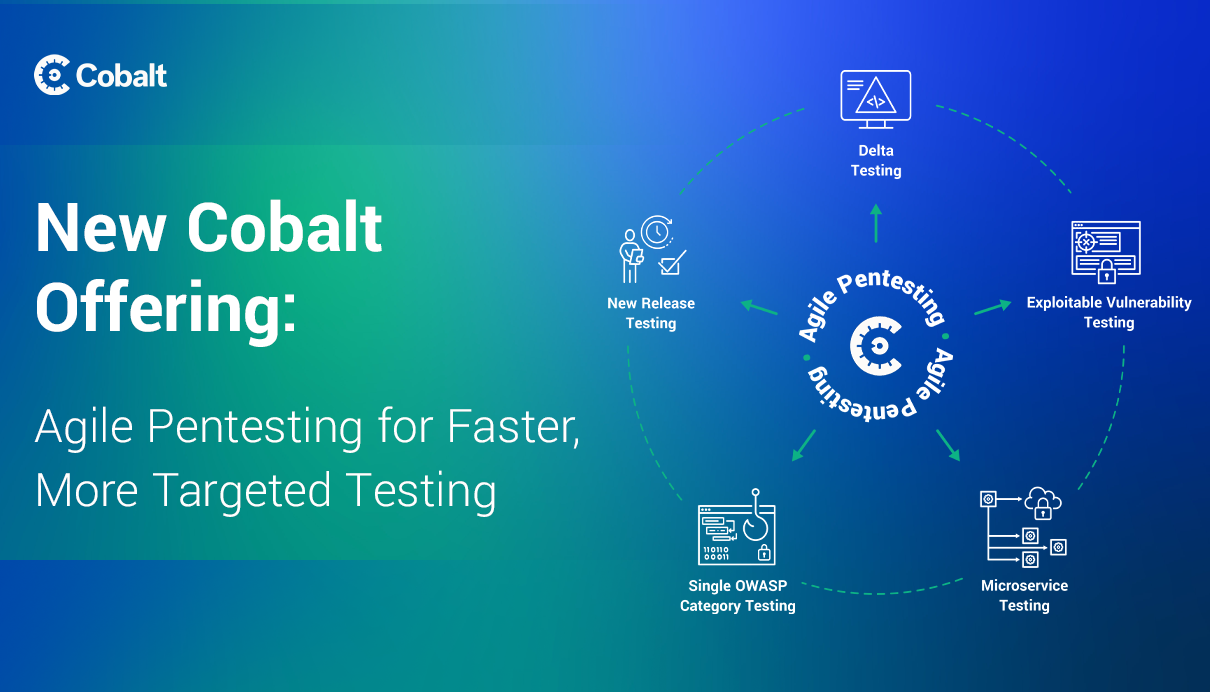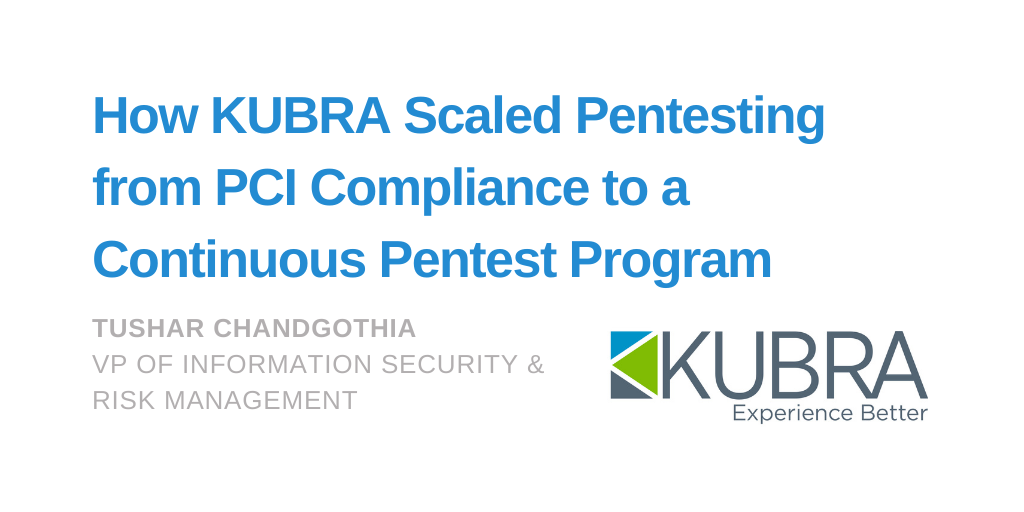Navigating a pentest calls for insights into business processes and the technical components that support them. Requiring a diverse skill set, pentesting can quickly change from a simple security control to a complicated endeavor.
Thankfully, a new approach to pentesting known as Pentest as a Service (PtaaS) aims to make things simpler, while also improving efficiency. Yet, with this new approach, questions arise such as:
How does a Pentest as a Service platform differ from traditional pentesting?
What components of the pentesting lifecycle change with Pentest as a Service?
Looking at the different steps of a pentest illuminates the differences here. Furthermore, understanding a test’s individual steps helps customers navigate it with ease. With that in mind, this article provides an overview of each phase.
Steps of Pentest Phases
As with any complicated business service, understanding the process improves the overall experience for both service providers and their customers.
With regards to the pentesting process, understanding this process enables businesses to better plan for testing and improves results with a clear understanding of the testing timeline. More broadly, pentesting offers businesses a proactive cybersecurity tactic to improve their security posture by identifying and remediating vulnerabilities before an attacker does.
Pentests break down into six phases starting with reconnaissance, leading into the actual test, and ending with discovering, planning, remediation, and retesting. With this in mind, let’s take a closer look at each phase.
1. Discover
The discovery phase is the first step in the Pentest as a Service process. In this phase, all parties prepare for the engagement. Mapping the attack surface areas and creating accounts on the Cobalt platform are involved on the customer side, and the Cobalt PenOps Team assigns a Cobalt Core Lead and Domain Experts with skills that match your technology stack. Additionallt, a Slack channel is used for real-time communication between you and the Pentest Team.
The goal is for the pentester to gather as much information as possible to identify vulnerabilities, and this information can reveal the different potential attack vectors to explore further.
2. Plan
The second step is to strategically plan. This also involves scoping and scheduling the pentest, typically involving a 30-minute phone call with the Cobalt team. The main purpose of the call is to offer a personal introduction, align on the timeline, and finalize the testing scope.
3. Test
Now begins the actual test. Steps 1 and 2 establish a clear scope, identify the target environment, and set up credentials for the test. The third step is where the experts begin to analyze the target for vulnerabilities and security flaws that might be exploited if not properly mitigated.
The Pentest Team works alongside the Cobalt Core Lead to conduct testing while the Cobalt Core ensures complete coverage and communicates with security teams as needed via the platform and Slack channel.
4. Remediate
The fourth phase is to accelerate remediation. This phase is an interactive and on-going process, where individual findings are posted in the platform as they are discovered. Integrations send them directly to developers’ issue trackers, and teams can start patching immediately. The Cobalt Core Lead reviews all the findings and produces a final summary report at the end of a test.
5. Report
When you mark a finding as “Ready for Re-test” on the platform, the Cobalt Core Lead verifies the fix and updates the final report. Reports are available in different formats suited to various stakeholders, such as executive teams, auditors, and customers.
6. Analyze
Once the testing is complete, you can analyze pentest results more thoroughly to inform and prioritize remediation actions in this final stage. The sixth phase includes a deep dive into the pentest report with insights comparing your risk profile against others globally, identifying common vulnerabilities to inform development teams, and driving your security program's maturity.
In closing, it’s important to keep in mind the end goal and value generated through proactively pentesting digital infrastructure. Furthermore, take a look at the Cobalt PtaaS process, with insights from Cobalt CSO Caroline Wong.
For your pentesting needs, contact Cobalt and see how Pentest as a Service (PtaaS) empowers teams to take a more agile approach to testing.




















